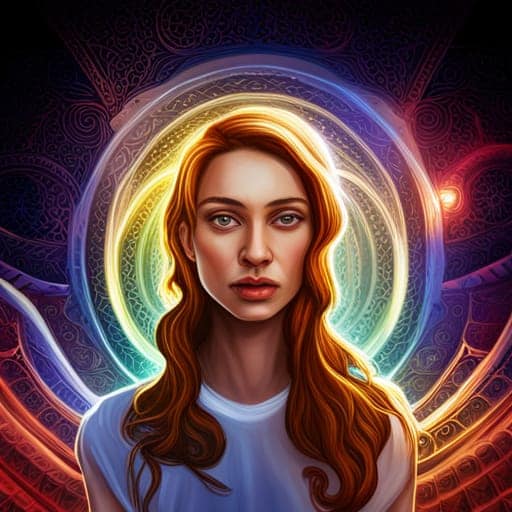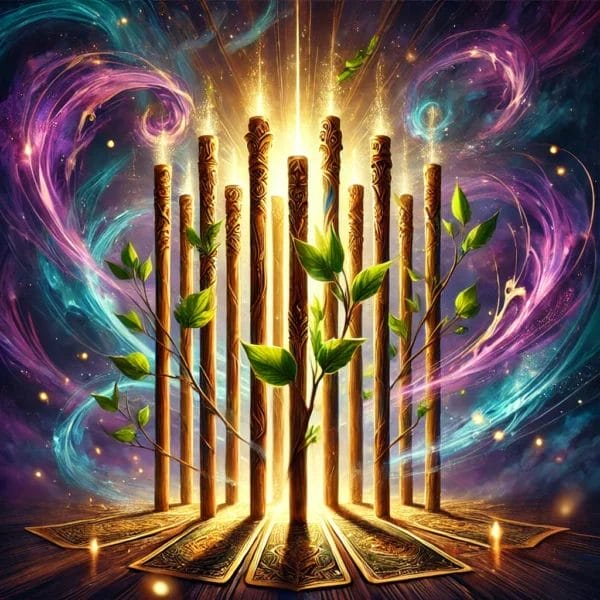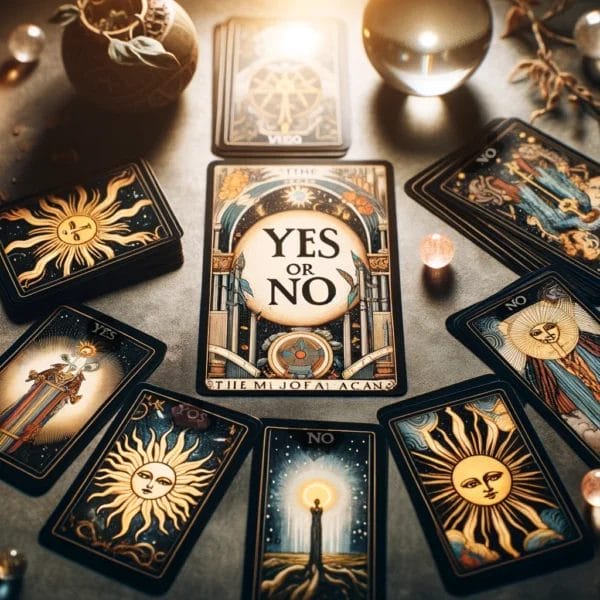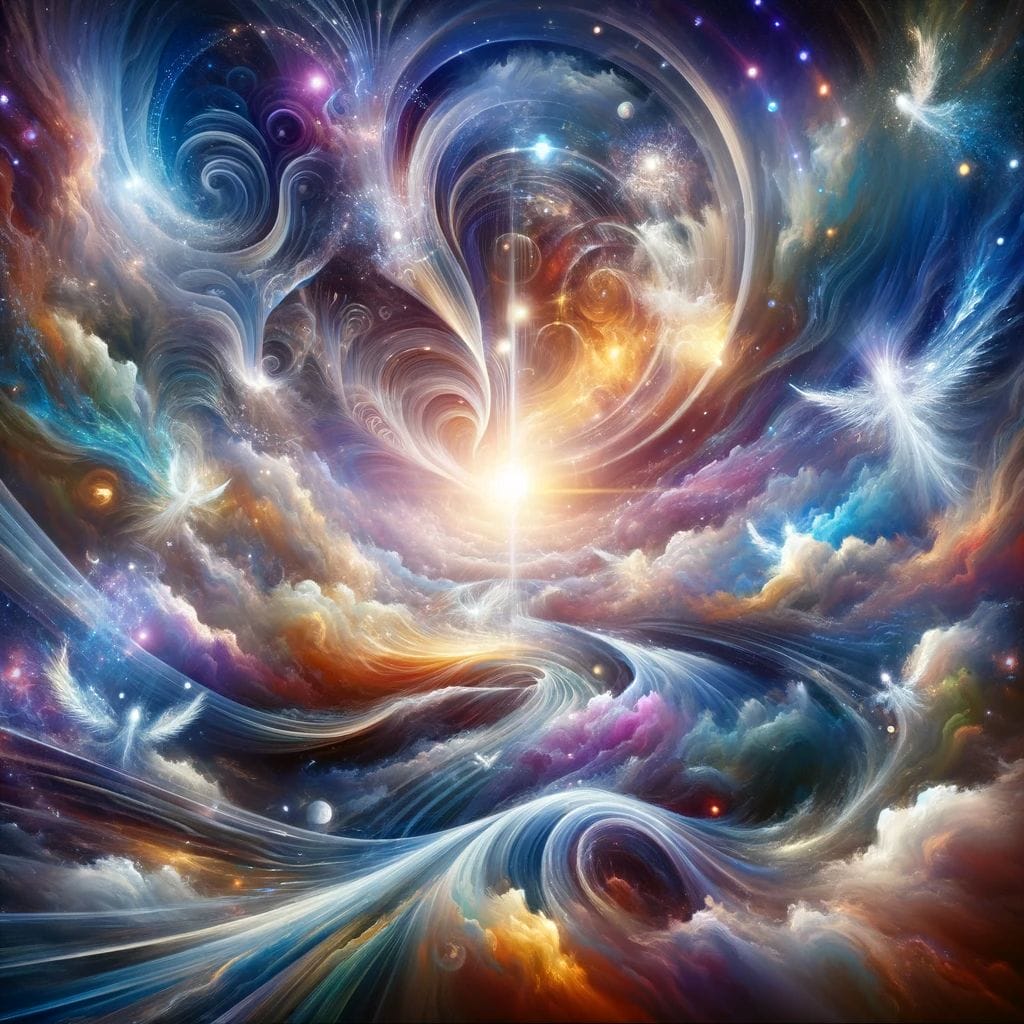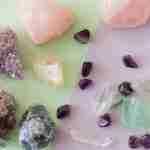Tarot, the ancient divination tool, has captivated people for centuries with its rich symbolism and enigmatic imagery. Each card in the Tarot deck is a visual representation of archetypal themes and concepts, conveyed through intricate symbolism that speaks to our subconscious mind. Among the many elements that contribute to the symbolism of Tarot, colors play a significant role. In this article, we will explore the symbolism of colors in Tarot, using examples from different Tarot cards to reveal their deeper meanings and insights.
Colors in Tarot hold symbolic significance and evoke emotions, adding depth and layers of meaning to the cards. They can be seen as portals to the subconscious mind, conveying messages and insights beyond the conscious realm. Let’s take a closer look at some common colors used in Tarot and their symbolic associations:
- Red: Passion, Energy, and Vitality Red is a bold and fiery color that often represents passion, energy, and vitality. It is associated with action, power, and courage. In Tarot, the color red can be found in cards such as The Emperor, The Chariot, and The Devil, among others. The Emperor, for example, is often depicted wearing red robes, symbolizing his authority and power to take action and make decisions. The Chariot, with its red canopy and fiery horses, represents the energy and determination needed to overcome obstacles and achieve victory. The Devil, often shown as a red-hued figure, represents our primal desires and urges, urging us to embrace our passions with caution.
- Blue: Wisdom, Clarity, and Spirituality Blue is a color associated with wisdom, clarity, and spirituality. It is often associated with the element of water, symbolizing intuition, emotions, and the subconscious mind. The High Priestess, for instance, is often depicted in blue robes, representing her connection to the mysteries of the subconscious and her role as a spiritual guide. The Temperance card, with its serene blue background, represents the balance between opposing forces and the harmony of mind, body, and spirit.
- Yellow: Joy, Intellect, and Optimism Yellow is a color associated with joy, intellect, and optimism. It is often associated with the element of air, representing mental clarity and communication. The Sun card, with its vibrant yellow rays, represents joy, vitality, and new beginnings. The Fool, often depicted wearing yellow, represents spontaneity, creativity, and a carefree spirit, inviting us to embrace new adventures with an optimistic outlook.
- Green: Growth, Healing, and Renewal Green is a color associated with growth, healing, and renewal. It is often associated with the element of earth, representing fertility, abundance, and grounding energy. The Empress, often depicted in green robes, represents nurturing, fertility, and the abundance of nature. The World, with its green wreath, represents completion, wholeness, and the cycles of life and nature.
- Purple: Spirituality, Mystery, and Intuition Purple is a color associated with spirituality, mystery, and intuition. It is often associated with the element of spirit, representing the connection between the physical and spiritual realms. The High Priestess, with her purple robes and veil, represents the mysteries of the subconscious mind and the depths of intuition. The Hierophant, often depicted wearing purple, represents spirituality, tradition, and guidance from higher realms.
- Orange: Creativity, Passion, and Energy Orange is a color associated with creativity, passion, and energy. It is a vibrant and dynamic color that represents enthusiasm, excitement, and spontaneity. The Magician, often depicted wearing orange, represents the power of transformation and creativity, using his skills and talents to manifest his desires. For example,The Strength card, with its orange background, represents inner strength, courage, and passion to overcome challenges and obstacles.
Images and Tarot
In addition to colors, Tarot images also hold significant symbolic meanings. The imagery in Tarot cards is rich with archetypal symbols that tap into our collective unconscious and convey universal themes and concepts. For example, The Magician card often depicts a table of tools and symbols representing the four elements of earth, air, fire, and water. This imagery symbolizes the power of transformation and manifestation, as the Magician utilizes the tools of the elements to create and manifest his desires. It represents the potential for harnessing one’s skills, talents, and resources to bring about change and transformation in one’s life.
Similarly, the Moon card in Tarot often features images of a crescent moon, a wolf, and a crayfish, among others. These symbols represent the cycles of the moon, intuition, and the subconscious mind

